
Actual Orbiter Access Control Arm: Used on Launch Pad 39A by 82 Space Shuttle Astronauts. Located 147 feet above the pad surface, it allowed personnel to enter the space shuttle, and served as an emergency escape route for the crew as well. The arm stayed in place until seven minutes, 24 seconds before launch.
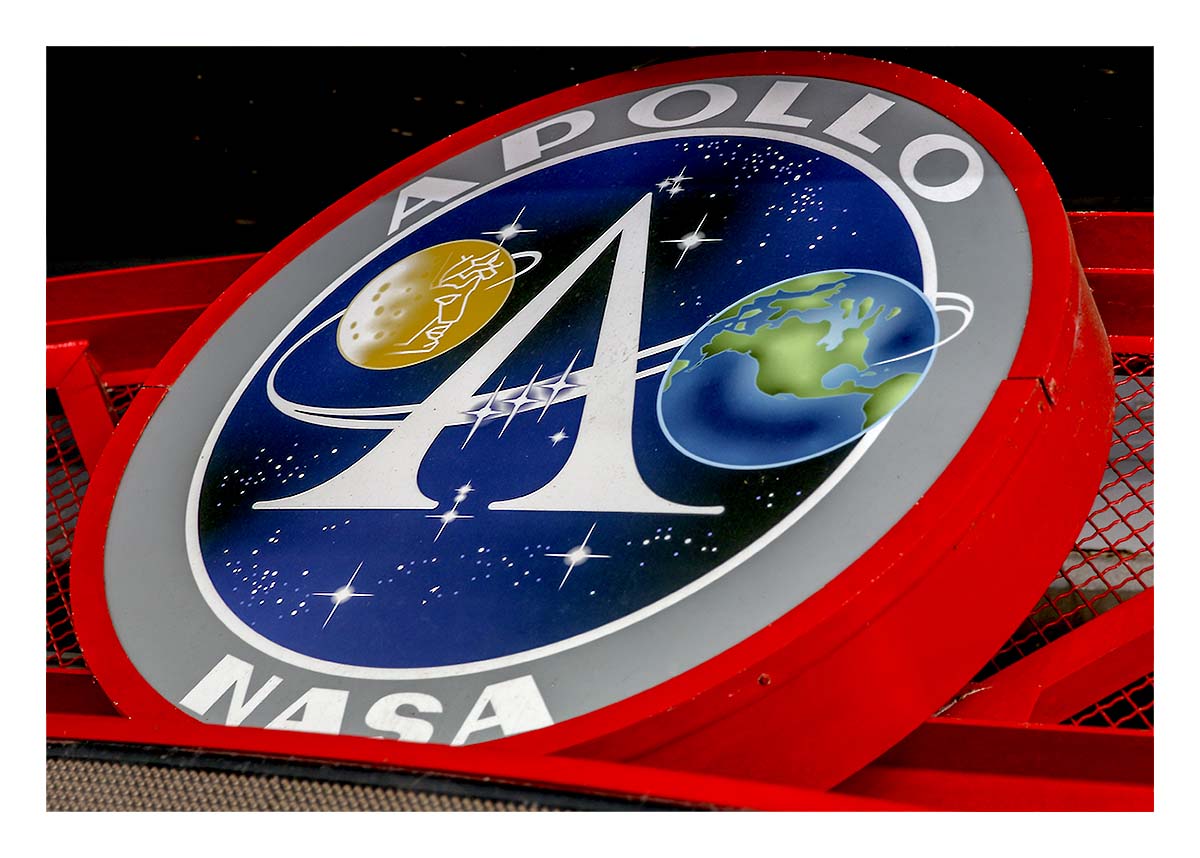

Not that long ago, this was our view of space and space travel.
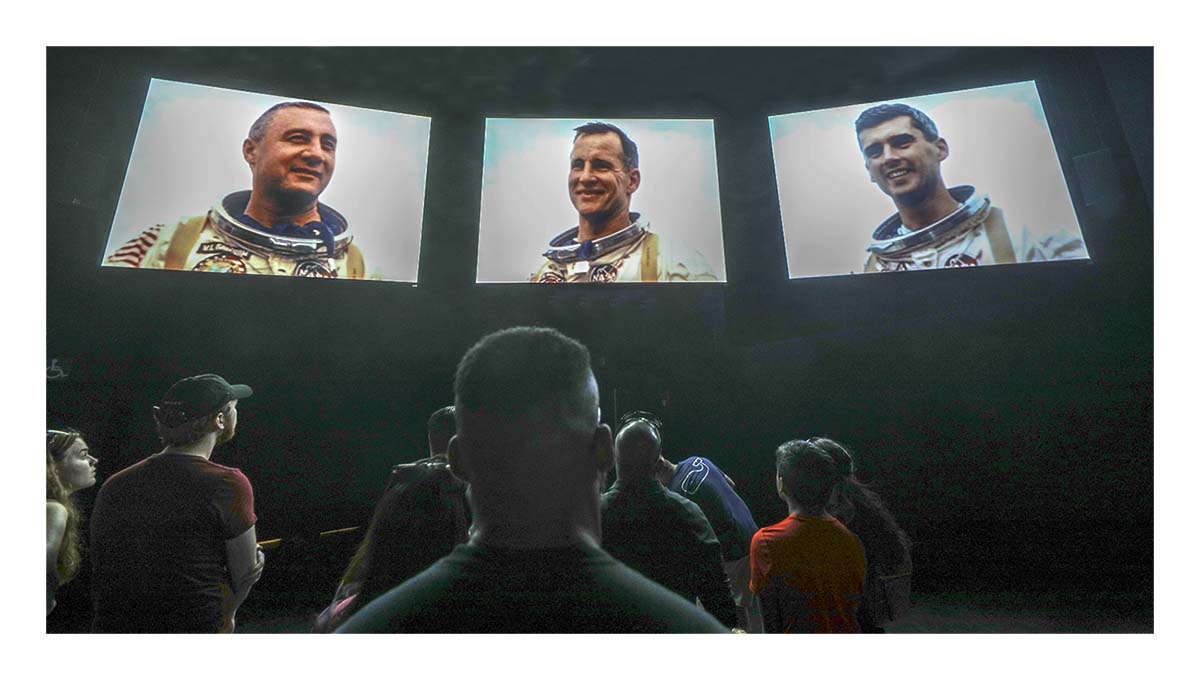
The early days of the Apollo program suffered a tragic setback when a fire swept through the Apollo 1 Command Module during a launch rehearsal test, tragically killing the three astronauts trapped inside - Astronauts Virgil "Gus" Grissom (left), Ed White (middle), and Roger Chaffee (right). Less than three years after the January 27, 1967 disaster, Apollo 11 landed on the moon (July 20, 2969).

Apparentlly, I've been a space geek since the early 60s as evident of my treasured letter seen here dated 1965. What I don't remember is getting any other information sent to me as indicated in the letter. Who can I ask?
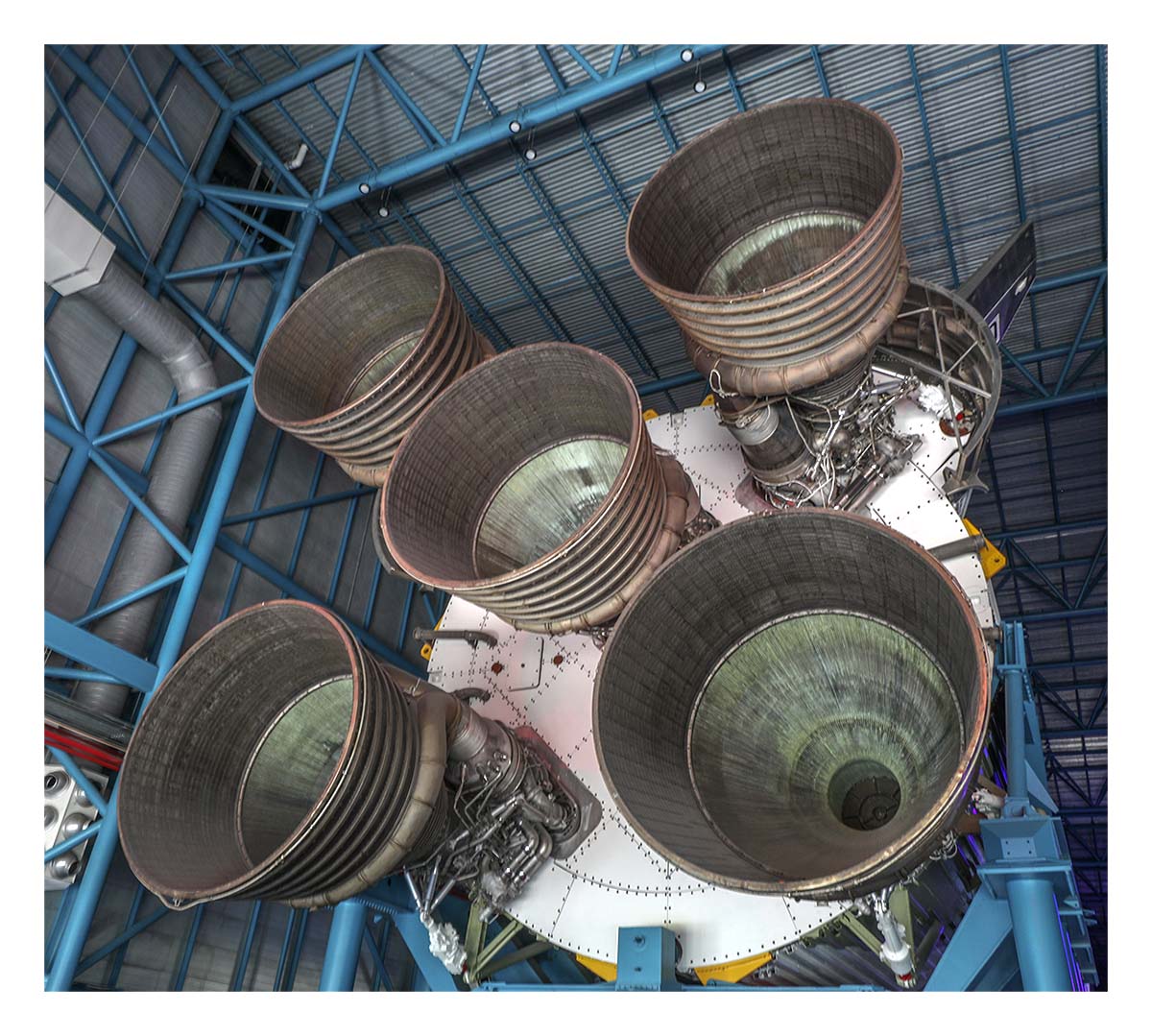
The five muscles of the Saturn V that lifted man into space and launched humans to the moon. At a length of 363 feet long, 60 feet in diameter, the five engines generated 160 million horsepower. Thirteen Saturn V rockets were launched between 1967 and 1972.

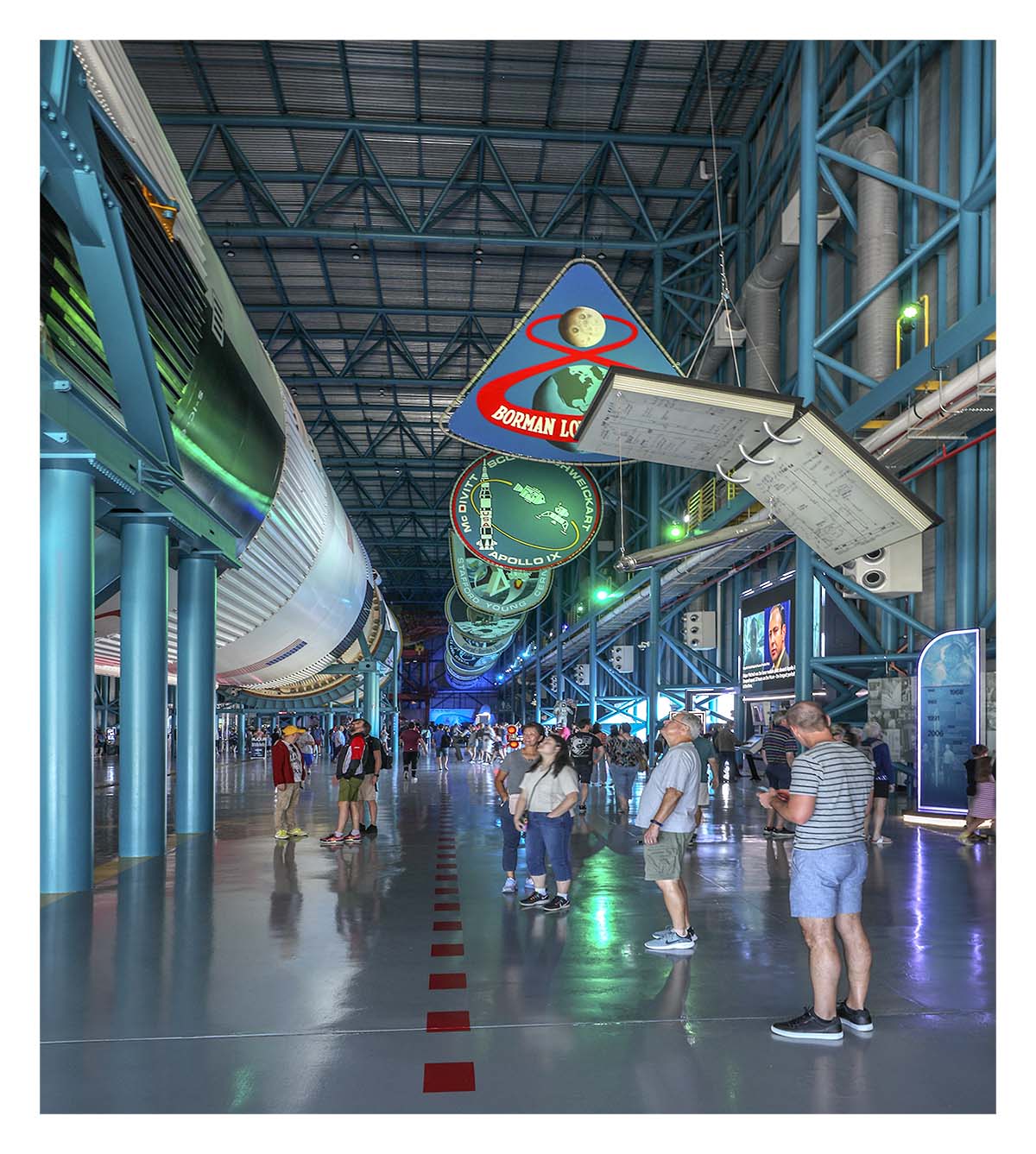


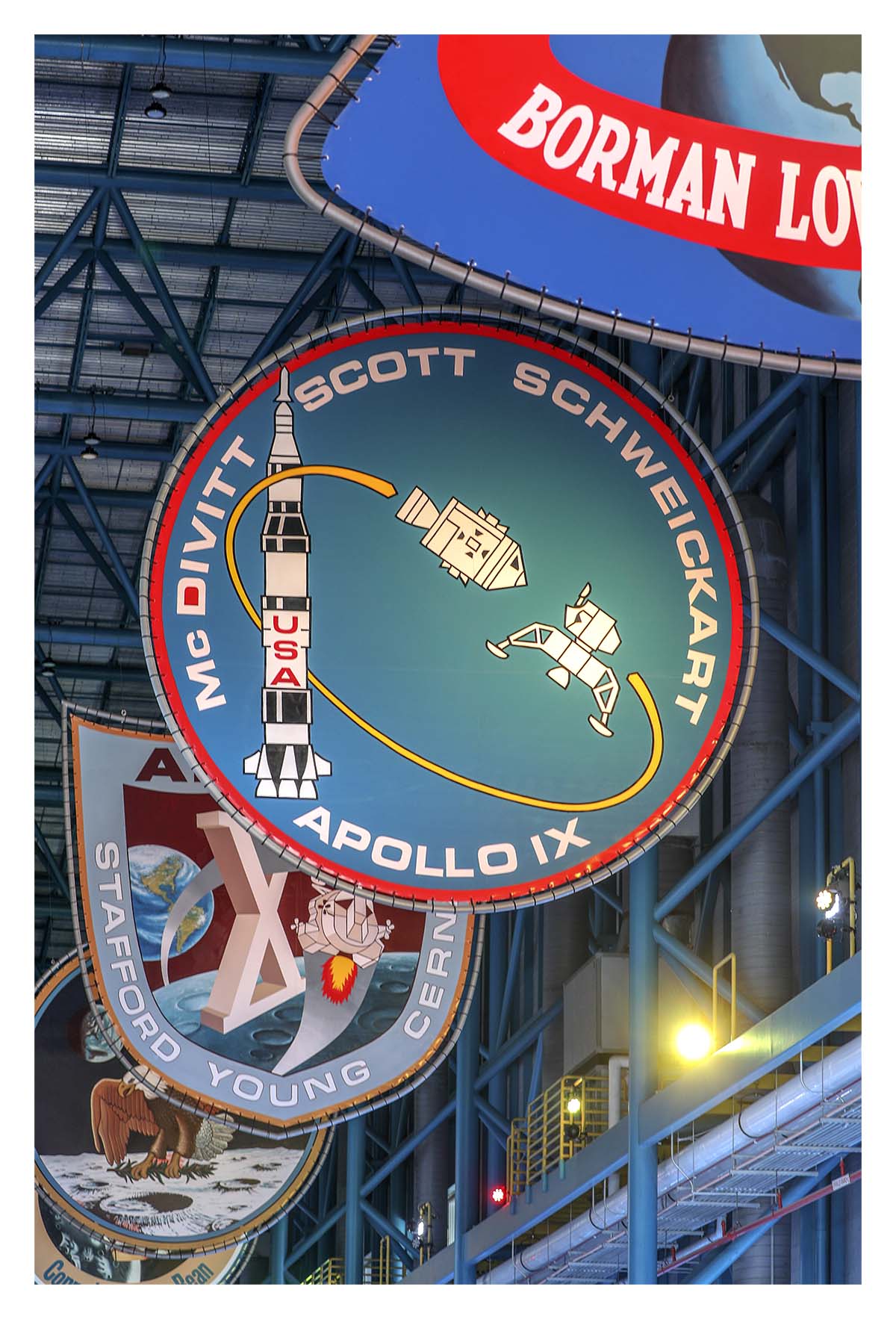

Saturn V's second stage rockets.

Neil Armstrong: "Houston, Tranquility base here. The Eagle has landed." One of the historic magazine front covers from my collection.

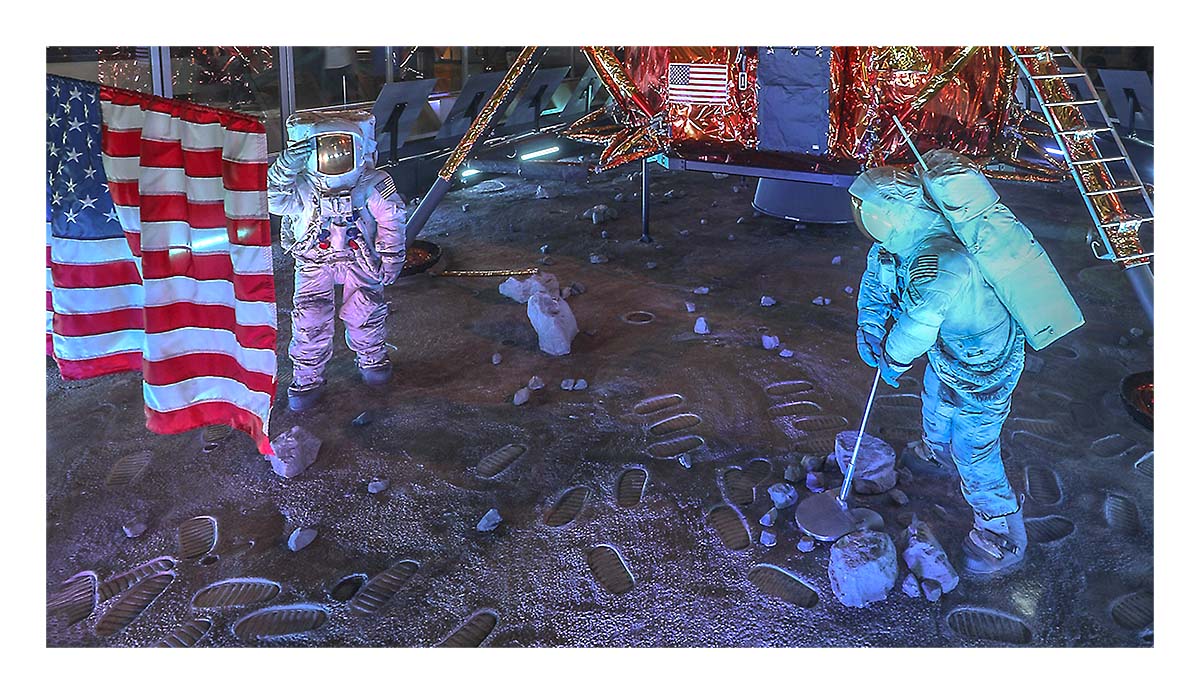
A life-sized scene from the Apollo 11 Moon landing, including the "real" Lunar Module 9 in the background.
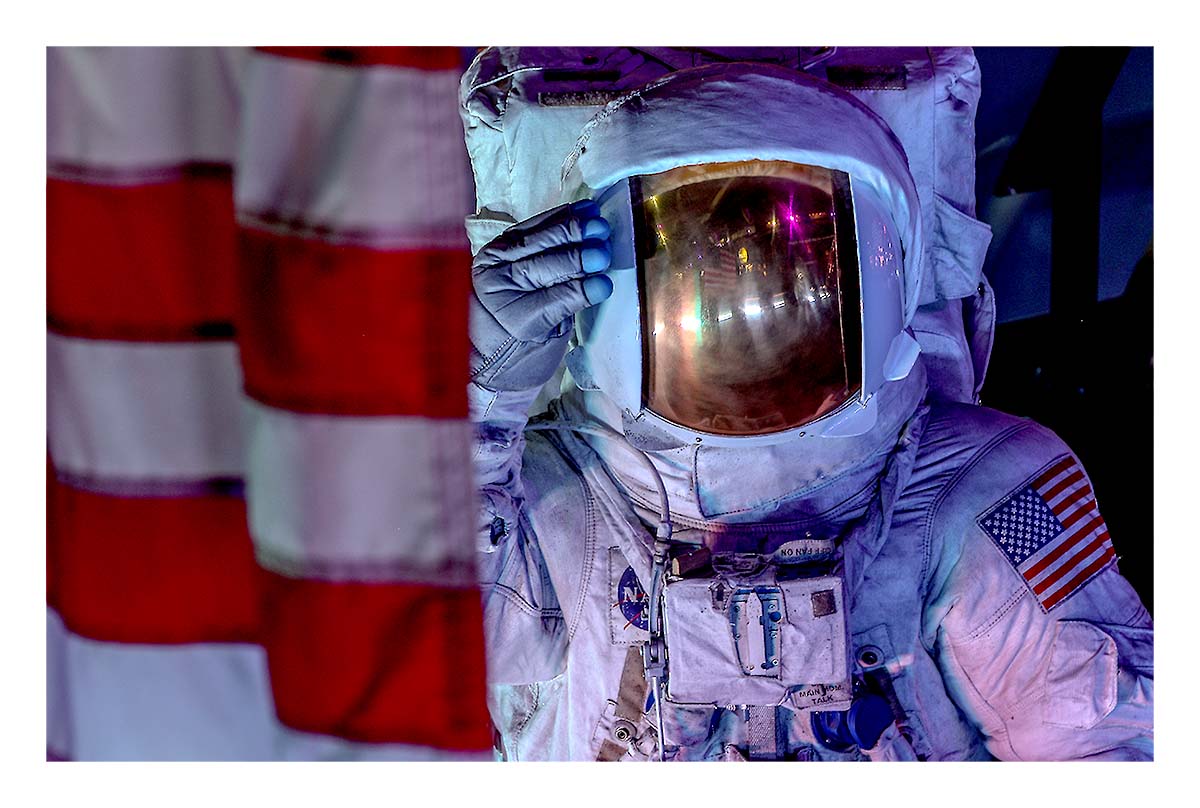

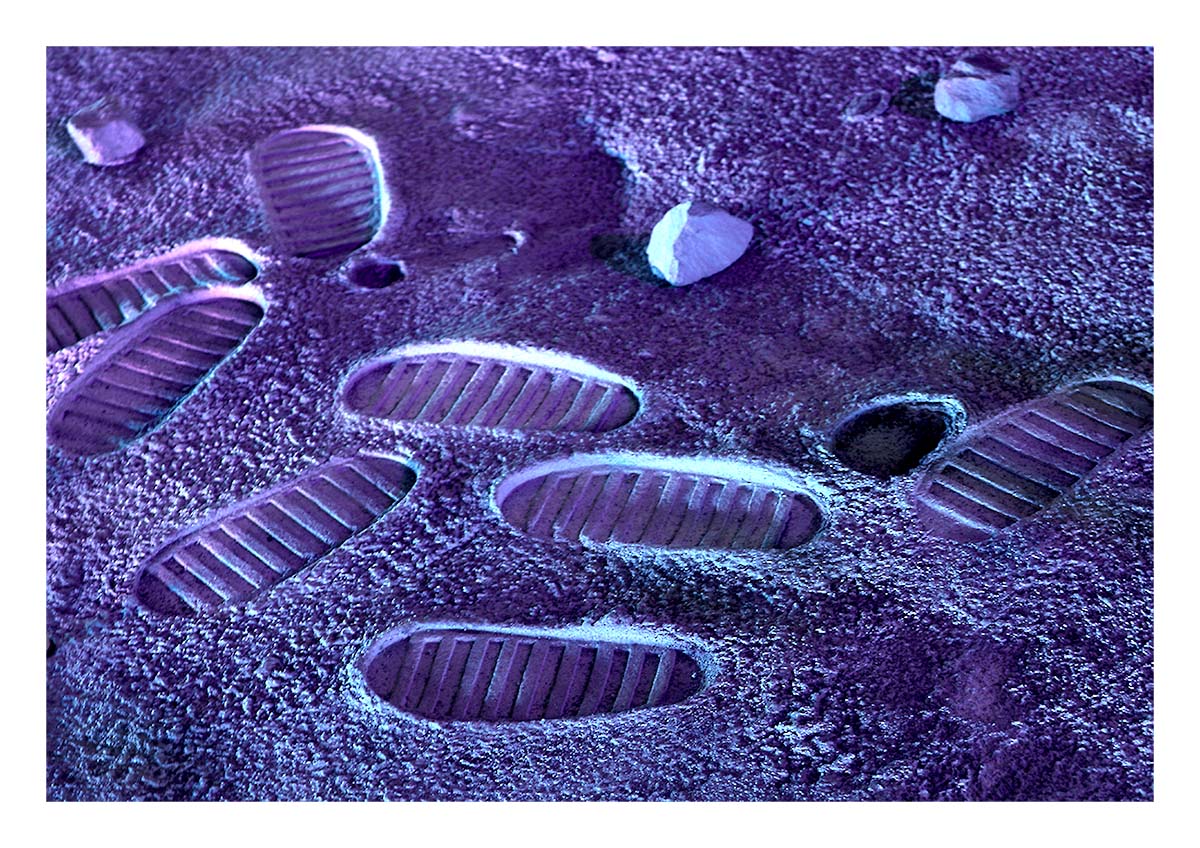
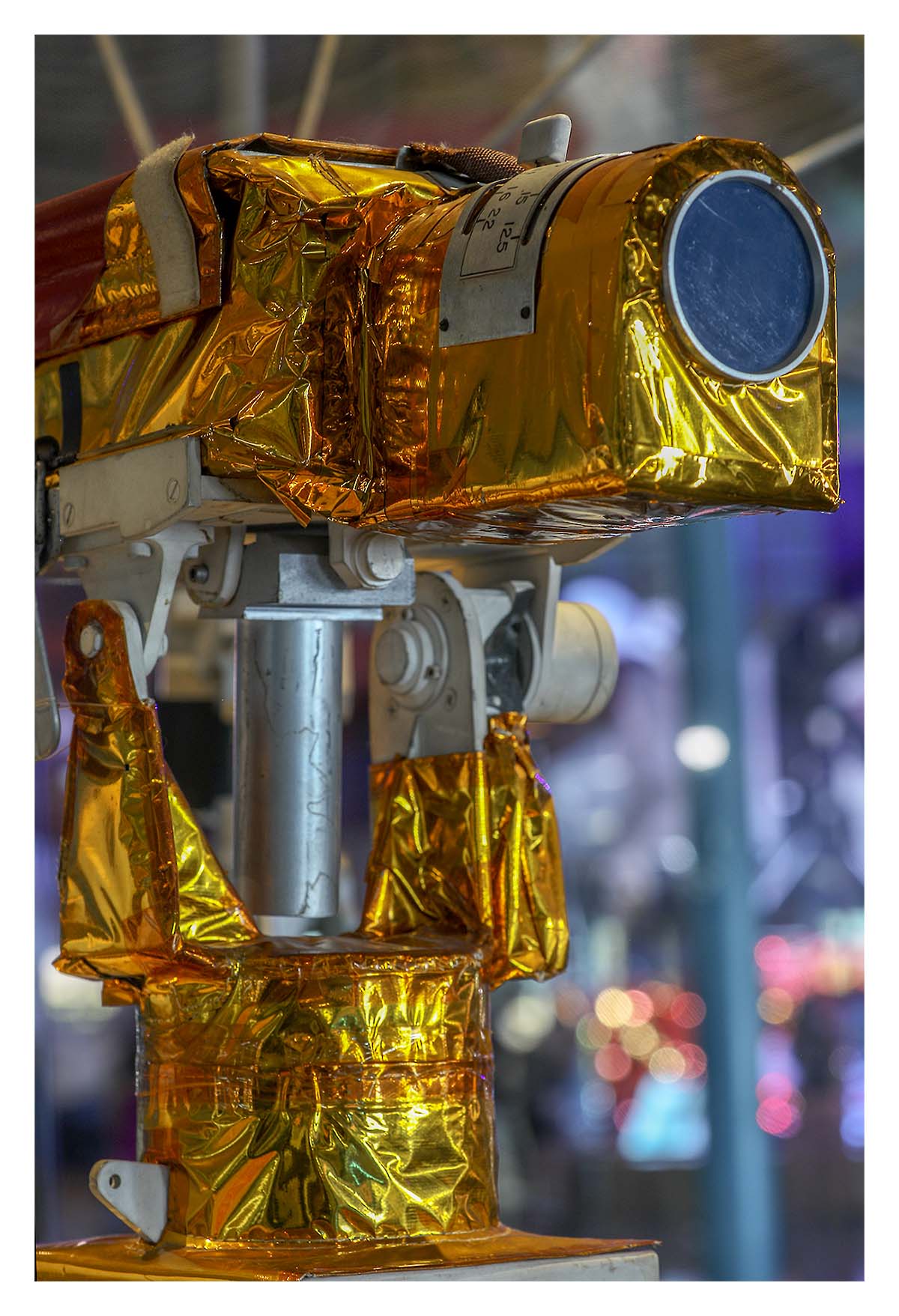

A chance to touch a moon rock. No big deal. The rock was only taken from the surface of another planetary-mass object 238,600 miles away!!!
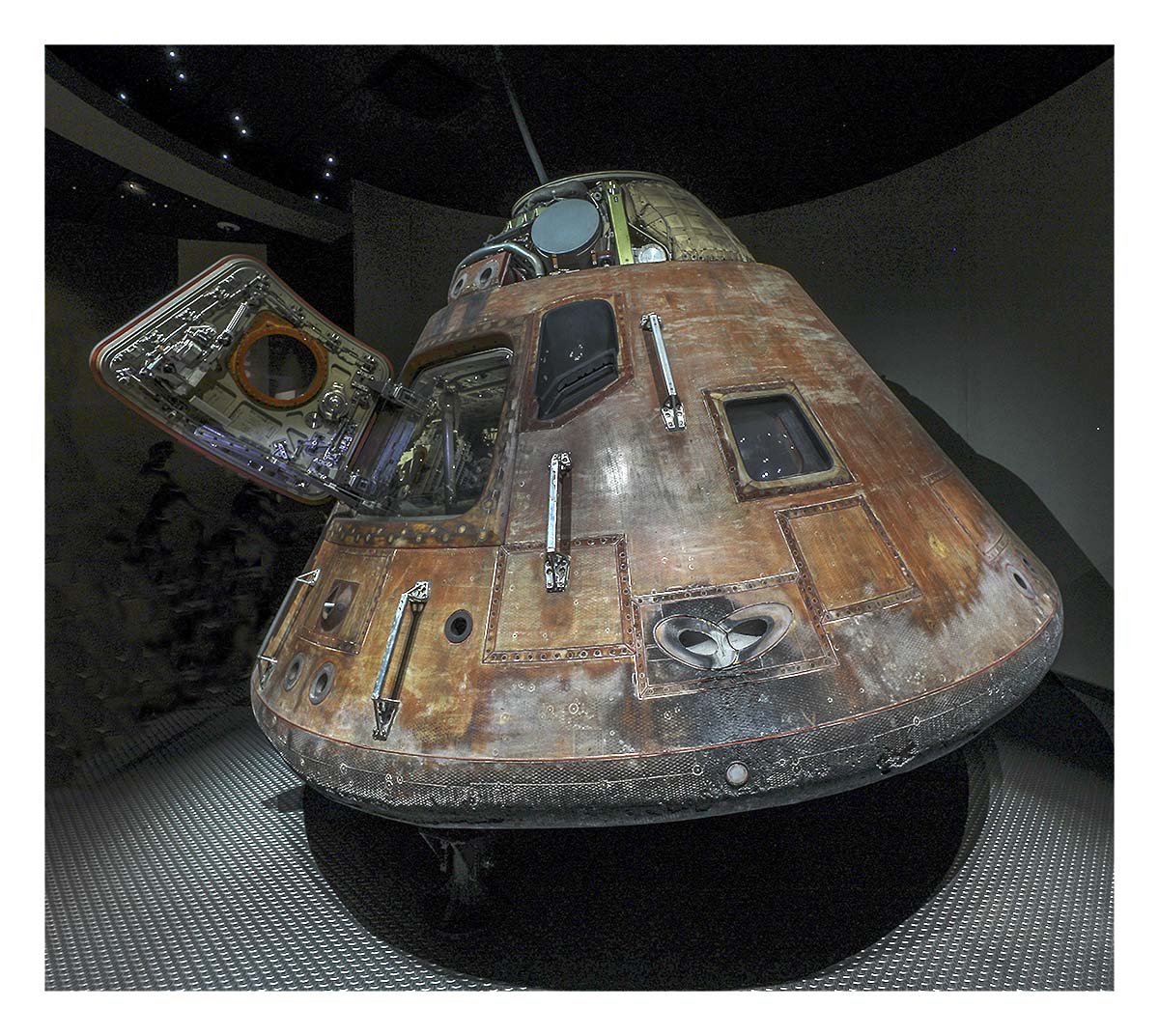
Apollo 14 "Kitty Hawk" Command Module.

Lunar Sample 70035.40.020 taken during the Apollo 17 mission (December 7-19, 1972). This was the final Apollo mission.
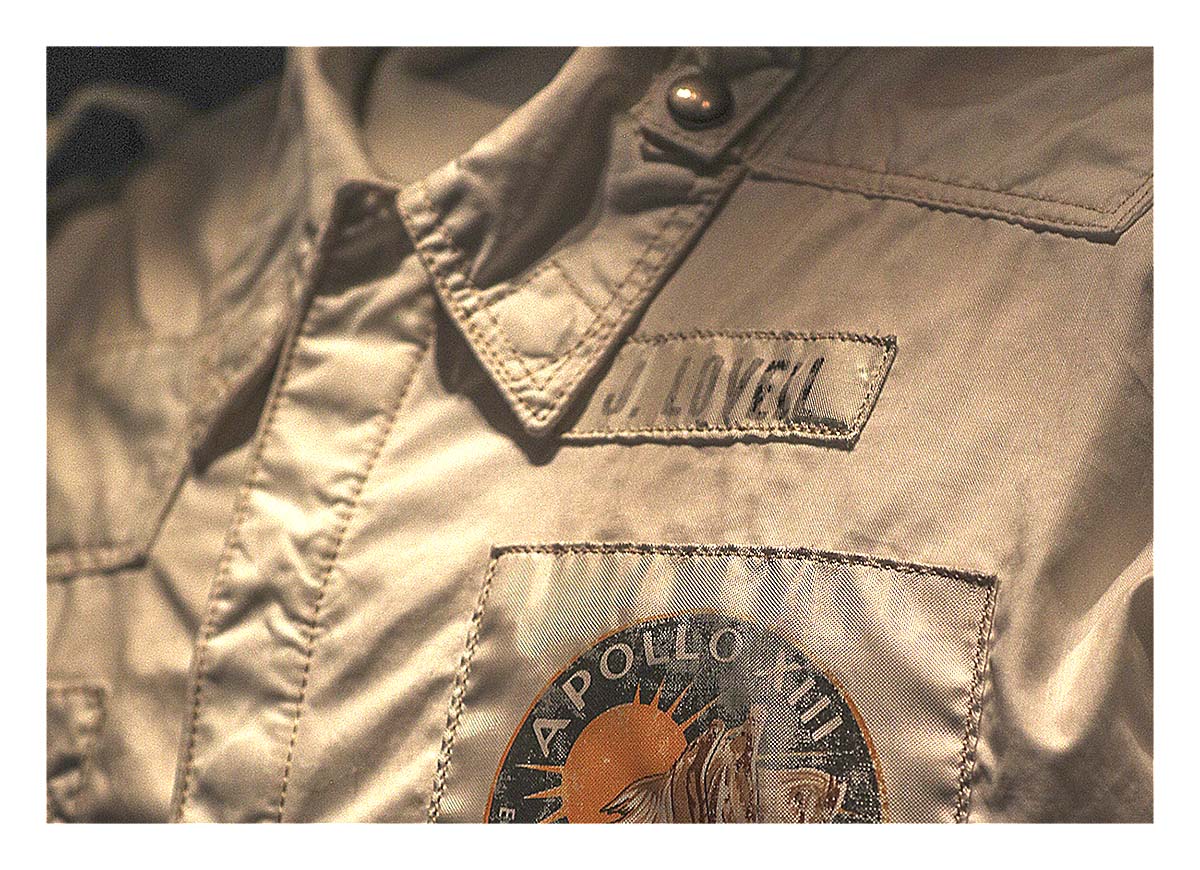
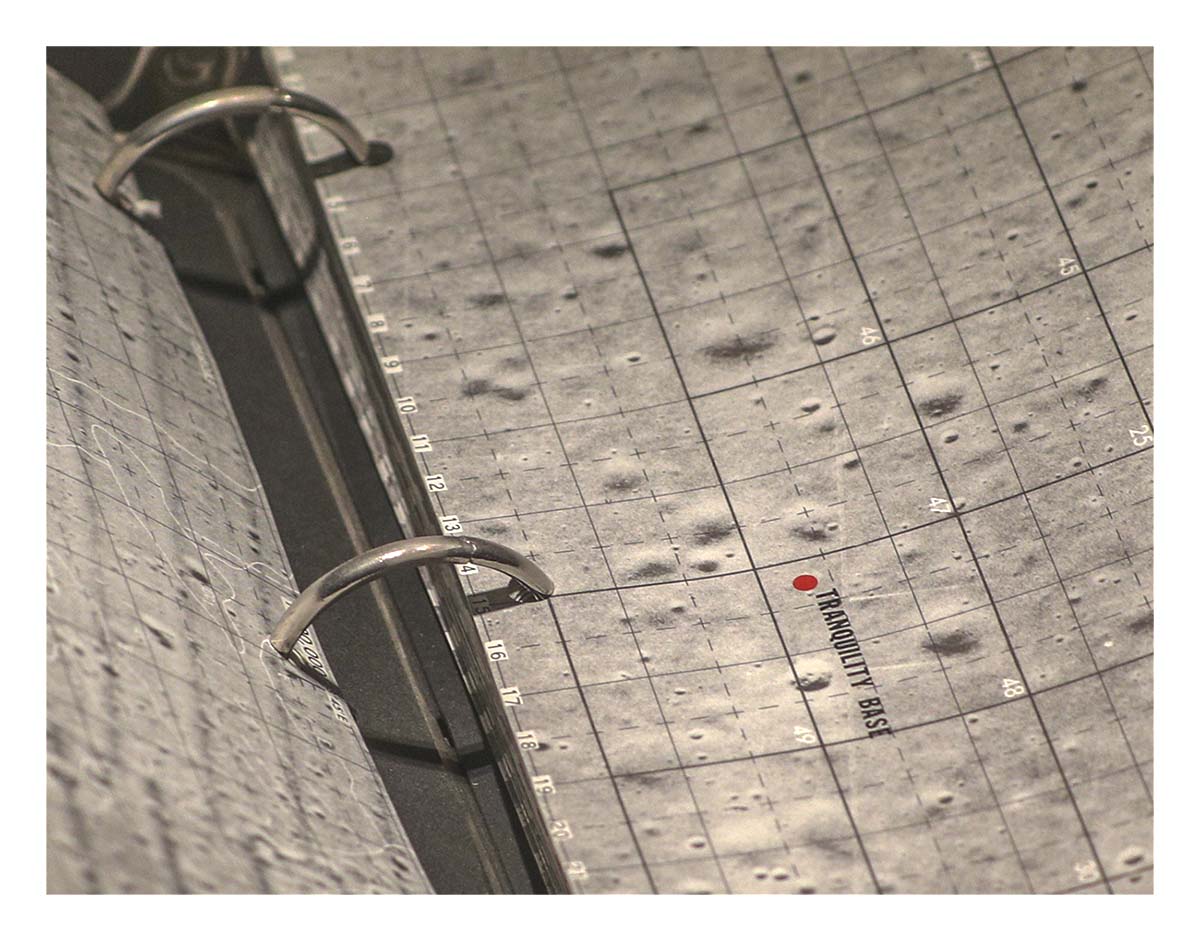
What, no Goggle Maps!. The original lunar map used by Apollo 11.
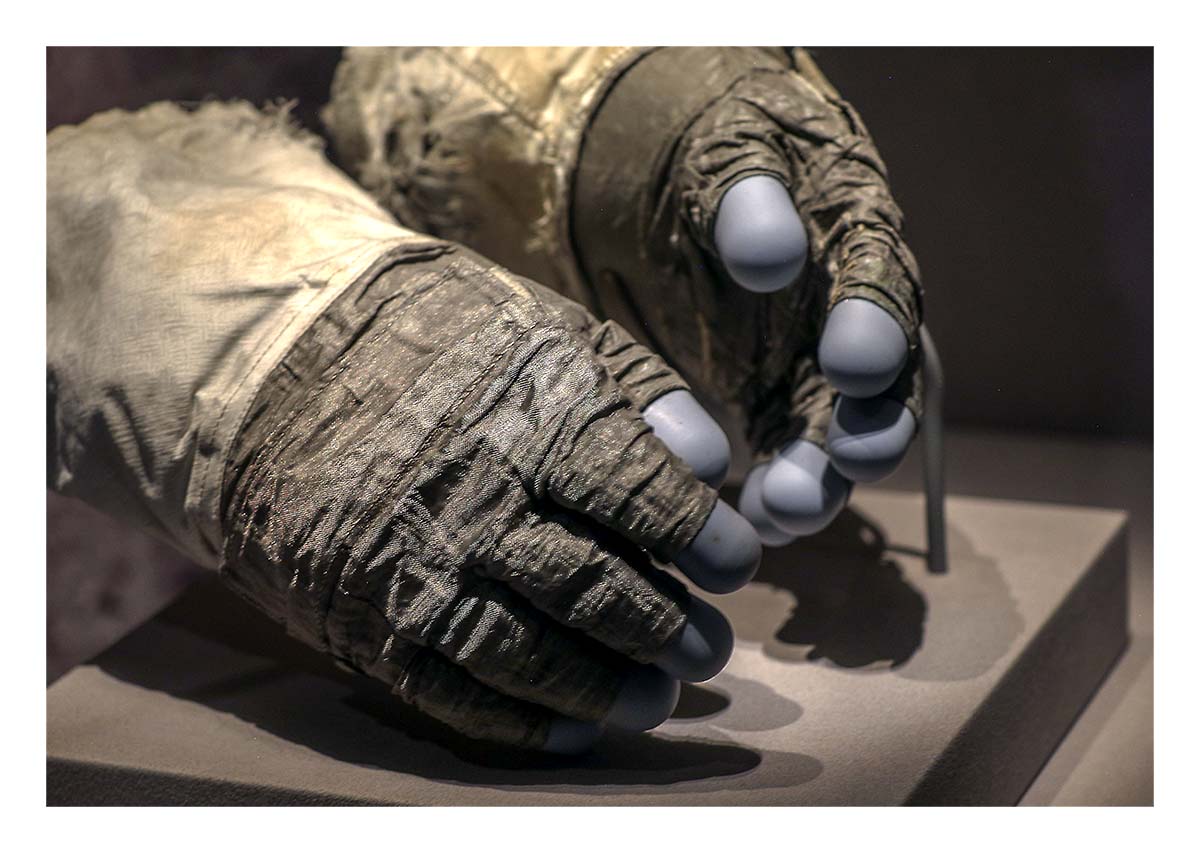


A great display locating in the Apollo and Saturn V Center showcasing the development and evolution of the spacesuit.